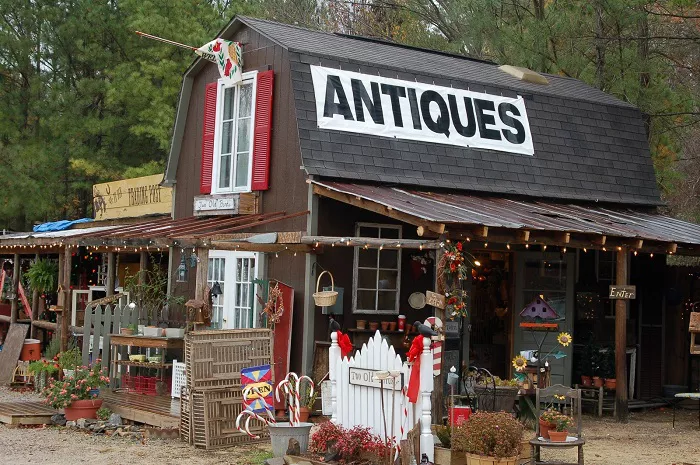Pontoise, France – A major fraud case has shaken the art world, as two esteemed specialists stand trial for orchestrating an elaborate forgery scheme that duped collectors and institutions for over 15 years. The accused, along with a gallery owner and an accomplice, allegedly produced and sold counterfeit antique chairs for hundreds of thousands of euros.
A Deception That Fooled Even Versailles
The scandal revolves around Bill Pallot, a respected art historian and former expert in French chairs, and Bruno Desnoues, a master craftsman and graduate of the prestigious École supérieure des arts décoratifs in Strasbourg. Beginning in 2007, the pair meticulously crafted fraudulent 17th- and 18th-century-style chairs, leveraging their expertise and reputations to deceive leading antique dealers and institutions—including the Château de Versailles.
Operating out of Desnoues’ workshop, they used genuine antique wooden carcasses to ensure the materials could pass authenticity tests. By constructing elaborate provenance stories, they convinced buyers that these pieces had once belonged to historical figures such as Marie-Antoinette, Louis XVI, and the Duchess du Barry.
Millions of Euros Lost to Fraudulent Sales
The counterfeit furniture infiltrated prestigious sales. In 2011, a chair purportedly from Marie-Antoinette’s Versailles cabinet, stamped by master craftsman Georges Jacob, was auctioned for €530,000 to the Guerrand-Hermès family via Drouot. A similar chair was later sold to the Château de Versailles for €420,000. Another notable transaction involved a pair of chairs attributed to Louis Delanois, allegedly from the salon of the Countess du Barry, purchased for €840,000.
Other high-profile sales included:
A shepherd’s chair, falsely linked to Madame Elisabeth, sister of Louis XVI, for €247,000.
A pair of ‘ployants’ stools by Nicolas-Quinibert Foliot, once thought to belong to Louise-Elisabeth de Parme, daughter of Louis XV, for €380,000.
A pair of Louis XVI chairs, allegedly from Marie-Antoinette’s Belvedere pavilion, acquired by Prince Al Thani, the brother of the Emir of Qatar, for €2 million.
Financial Irregularities Expose the Scheme
The fraudulent operation came to light in 2014 when France’s anti-money laundering intelligence unit flagged unusual financial activity tied to a Portuguese couple residing north of Paris. Despite modest declared incomes, they controlled assets worth €1.2 million and held undisclosed bank accounts. Investigators soon uncovered their connection to Desnoues through undeclared furniture sales.
Further inquiries led authorities to Pallot and Desnoues, exposing a sophisticated art fraud operation. The Kraemer Gallery, which had handled some of the fraudulent sales, is also facing scrutiny for inadequate due diligence, though it denies direct involvement in the deception.
Trial and Fallout in the Art World
As the trial continues at the Pontoise court, the defendants have presented contrasting defenses. Pallot admitted that while the first forgery was a “game,” subsequent sales were financially motivated. Meanwhile, gallery owner Laurent Kraemer insists he was misled and regrets his role in the scandal.
The case, one of the most significant frauds to rock the art world in the past decade, has raised pressing concerns over authentication practices and the vulnerability of even the most esteemed institutions to sophisticated forgeries. The trial is set to conclude on April 4, with potential ramifications for the art and antique trade worldwide.

